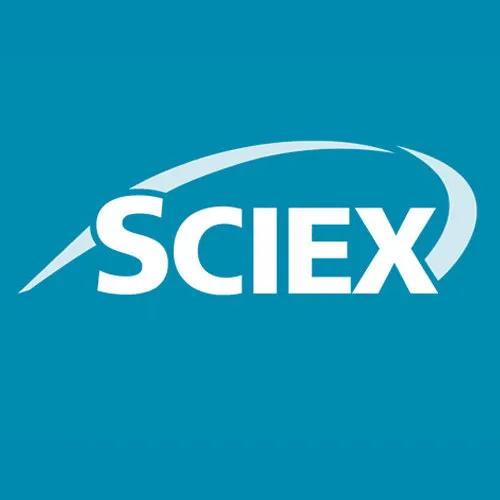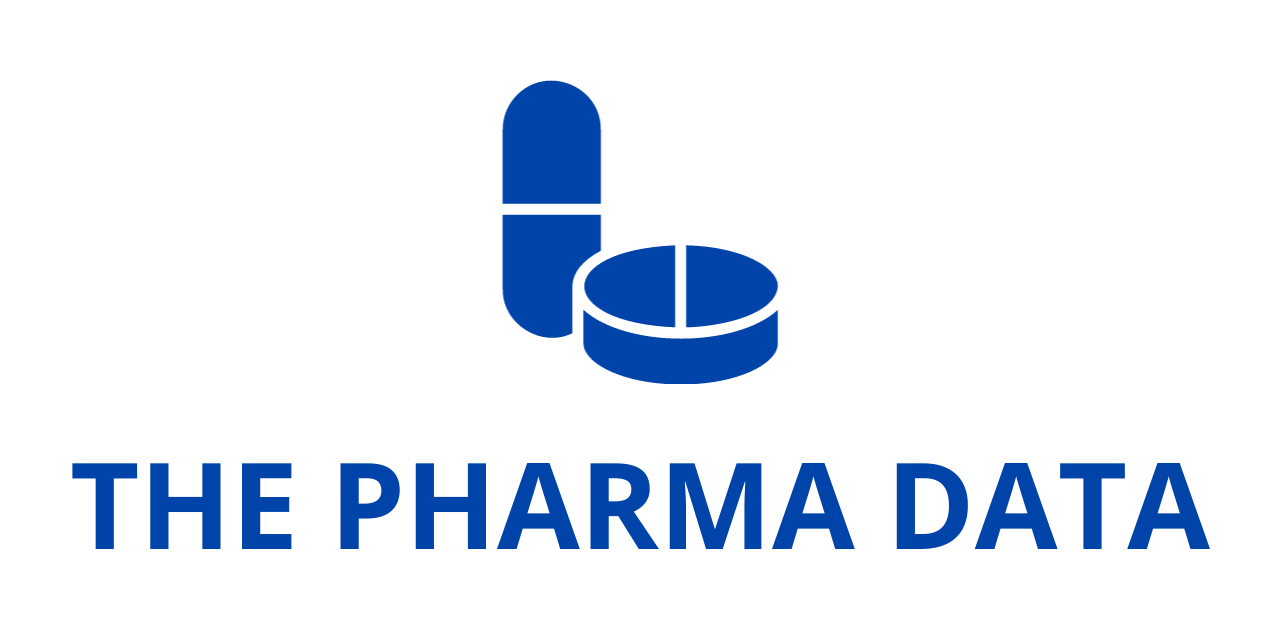
SCIEX Expands BioPhase 8800 Capabilities with Native Fluorescence Detection to Advance Protein-Based CE Assays
At the 2025 CE Pharm conference, SCIEX, a global leader in life science analytical technologies, announced the launch of native fluorescence detection on its flagship BioPhase 8800 system. This innovation marks a significant step forward in the analysis of protein therapeutics, enabling higher sensitivity, cleaner baselines, and simplified workflows for assays that are central to ensuring drug safety and efficacy.
Meeting the Growing Demands of Protein Therapeutic Development
Biopharmaceutical innovation continues to accelerate, with protein-based therapies at the center of next-generation medicine. From monoclonal antibodies to complex fusion proteins, these biologics require rigorous quality control at every stage of their development and manufacturing. Critical quality attributes (CQAs) such as purity, fragmentation, aggregation, and post-translational modifications (PTMs) must be carefully assessed to guarantee that treatments are both safe for patients and effective in clinical use.
Traditionally, assays such as capillary electrophoresis sodium dodecyl sulfate (CE-SDS) and capillary isoelectric focusing (cIEF) have served as gold-standard methods for characterizing proteins. These techniques deliver automated, quantitative, and reproducible insights into CQAs and are frequently employed not only during early research and development but also in product release testing before therapies reach the market.
However, as biopharma pipelines expand and therapies become more complex, researchers face increasing pressure to analyze larger sample sets, smaller sample quantities, and tighter timelines. SCIEX’s addition of native fluorescence detection to the BioPhase 8800 addresses these pain points, delivering improvements that directly support faster, more confident decision-making.
Elevating Protein Assays with Native Fluorescence
The introduction of native fluorescence detection enhances well-established CE assays by leveraging the inherent fluorescence of aromatic amino acids naturally present in proteins—such as tryptophan, tyrosine, and phenylalanine. This innovation allows for highly sensitive, label-free detection that avoids the need for labor-intensive and potentially error-prone dye labeling processes.
The benefits of this technology are far-reaching:
1. Cleaner Baselines for Clearer Data
One of the persistent challenges in electrophoretic protein analysis is the presence of background noise, which can obscure low-abundant peaks and reduce confidence in data interpretation. The BioPhase 8800’s native fluorescence detection minimizes this issue by:
- Reducing stray light interference
- Enhancing light transmission through the capillary
- Eliminating background media interference
The result is a stable, clean baseline that provides greater clarity when analyzing complex protein mixtures. Researchers can now detect minor impurities and low-abundance species that may otherwise remain hidden, strengthening the reliability of quality assessments.
2. Accelerated Data Analysis
A stable baseline not only improves the accuracy of results but also significantly reduces the time required for data analysis. Peak integration becomes more straightforward and less prone to misinterpretation, leading to faster turnaround times. In high-throughput labs managing dozens or even hundreds of samples daily, these time savings translate directly into greater productivity and efficiency.
3. Simplified Sample Preparation
Traditional fluorescence assays often require proteins to be conjugated with fluorescent dyes, a process that is both time-consuming and susceptible to variability. Native fluorescence detection removes this extra step, relying instead on the protein’s own natural amino acid fluorescence. This eliminates the risk of dye-related artifacts while simplifying workflows and conserving valuable samples—an advantage that is particularly critical when dealing with limited materials.
4. Enhanced Sensitivity
Perhaps the most striking advantage is the boost in sensitivity. SCIEX reports that native fluorescence detection on the BioPhase 8800 delivers up to a 10-fold increase in sensitivity for both CE-SDS and cIEF assays. For scientists working on cutting-edge biologics, this enhanced sensitivity provides the confidence needed to accurately assess the subtle but important molecular changes that can affect a therapy’s stability, safety, or efficacy.
A Tool Designed with Industry Challenges in Mind
Jose Castro-Perez, Vice President of Product Management at SCIEX, highlighted how the new feature addresses the most pressing challenges faced by biopharma developers today:

“We frequently hear from our customers that managing large sample sets with limited material and tight timelines is a challenge. Native fluorescence detection on the BioPhase 8800 system addresses this challenge by providing fast, accurate analysis, which is critical for advancing the best candidates in development. We’ve already seen it produce notable time savings, improved precision, and better confidence when identifying new impurity peaks and low-abundant species.”
His remarks underscore SCIEX’s commitment to helping scientists navigate the growing complexity of biopharmaceutical pipelines while maintaining uncompromising standards of data quality.
Industry Voices at CE Pharm
To demonstrate the impact of this innovation, SCIEX has collaborated with leading pharmaceutical companies to showcase real-world applications during CE Pharm 2025:
- Teva Pharmaceutical Industries Ltd. will present a session titled “Advancement of capillary gel electrophoresis through the use of native fluorescence detection” on Monday, September 8, 2025, from 10:25–10:50 AM EDT.
- Sanofi will share insights in a presentation titled “Label-free native fluorescence for high-sensitivity protein analysis using a multi-capillary electrophoresis system” on Monday, September 8, 2025, from 11:45 AM–12:45 PM EDT.
Conference attendees can also learn more by visiting the SCIEX booth (#8), where demonstrations and technical experts will be available to discuss the expanded capabilities of the BioPhase 8800 system.
SCIEX: Over 50 Years of Analytical Innovation
For more than five decades, SCIEX has been synonymous with innovation in quantitation and characterization technologies for life sciences. The company’s history of breakthrough achievements includes the launch of the first commercially successful triple quadrupole mass spectrometer in 1981, a milestone that transformed the way scientists approach complex molecular analysis.
Today, SCIEX technologies are trusted by thousands of researchers, clinicians, and pharmaceutical companies around the world. Its instruments and solutions play a pivotal role in ensuring the accuracy, reliability, and reproducibility of research that ultimately leads to life-changing therapies and improved patient outcomes.
With its latest enhancement to the BioPhase 8800, SCIEX continues this tradition of leadership—pushing the boundaries of what’s possible in analytical science and empowering researchers to address the most demanding challenges in biopharmaceutical development.
Precision Science Driving Human Wellness
The addition of native fluorescence detection reflects not only a technological advancement but also SCIEX’s broader vision: enabling breakthroughs in human wellness by equipping scientists with tools that deliver precise, trustworthy results.
As protein therapeutics become more central to medicine, and as regulatory scrutiny of biologics grows more stringent, technologies like the BioPhase 8800 will be indispensable for ensuring that the therapies reaching patients are of the highest quality.
By simplifying workflows, improving sensitivity, and accelerating data analysis, SCIEX is helping its customers focus on what matters most: bringing safe, effective, and innovative treatments to patients faster.
For more information about SCIEX and its latest innovations, visit sciex.com.




